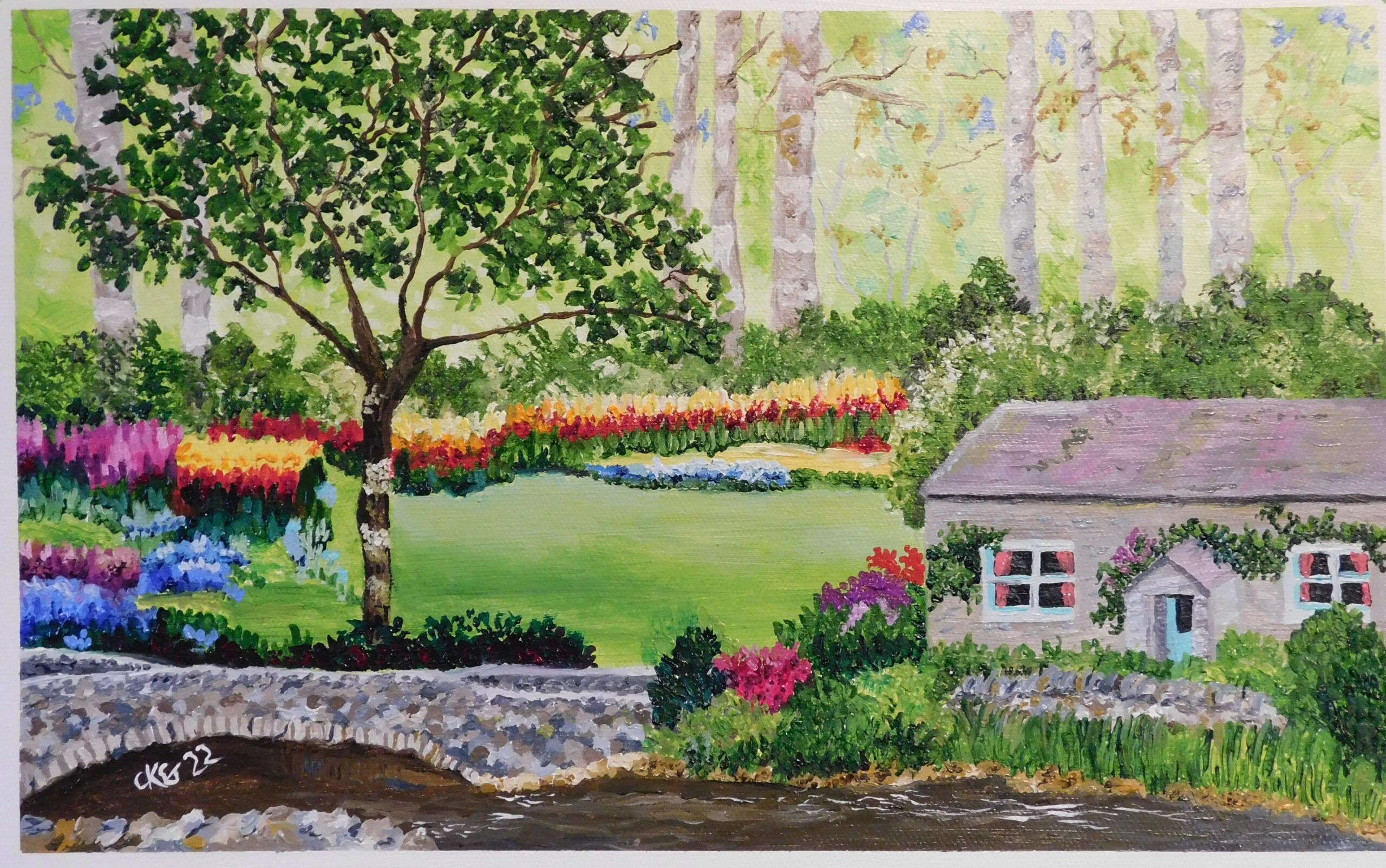Welcome to the fascinating world of zoo design and animal care, where experts have mastered the delicate art of balancing aesthetics with animal well-being. Zoos are more than just spaces to house animals; they serve as critical tools in conservation, education, and research efforts across the globe.
In this section, we will explore the intricacies of zoo design and animal care, from the planning phases to the daily management of animal residents. We will examine how zoos create visually stunning environments while prioritizing the physical and mental health of their animal inhabitants.
The art of zoo design is a complex process that requires careful consideration of every detail, from naturalistic landscaping to the architectural design of animal habitats. Our experts will share their knowledge on the subject, highlighting how zoos create enriching environments for their diverse range of species.
We will also delve into the field of animal care in zoos, uncovering the protocols and procedures that ensure the well-being of each animal resident. From nutrition and medical care to socialization and enrichment activities, we will explore the day-to-day tasks of zookeepers and animal care professionals.
Finally, we will discuss the future of zoo design and animal care, examining the innovative practices and conservation efforts that will shape the future of zoos. Join us as we explore this fascinating world.
Join us as we discover the art of zoo design and animal care.
The Intricacies of Zoo Design
Zoo design is a complex process that involves striking a balance between aesthetics and animal well-being. Creating a visually pleasing environment is important, but it should not compromise the health and welfare of the animals. This is why expert zoo designers employ intricate planning, landscaping, and architectural techniques that cater to the specific needs of each species housed in a zoo.
Planning a Zoo
Before the actual construction begins, a team of experts must assess the site to determine its suitability for a zoo facility. Factors such as topography, vegetation, and access to resources are taken into consideration. They also conduct a feasibility study to evaluate the potential risks and benefits of developing a zoo in that particular area. Once the site has been chosen, the zoo design team will commence the planning phase.
Landscaping Techniques
One of the most important aspects of zoo design is the use of landscaping techniques. Zoo designers use natural features such as trees, rocks, and water bodies to create an environment that resembles the animals’ natural habitat. They may also incorporate artificial landscaping elements that simulate natural features. The use of landscaping techniques not only enhances the aesthetics of the zoo but also provides the animals with a stimulating and enriching environment.
Architectural Techniques
Architectural techniques play a crucial role in the design of a zoo. The design team must consider the specific needs of each species and create enclosures that cater to those needs. Experts use materials that are safe for the animals and ensure that the enclosures are spacious and comfortable. The enclosures must also be designed in a way that allows zookeepers and animal care professionals to carry out their duties easily and safely.
The intricacies of zoo design are aimed at creating an environment that prioritizes animal well-being while also providing visitors with a visually pleasing experience. Successful zoo designs incorporate a range of features, including optimal landscaping techniques and architectural designs that provide animals with the space and habitat they need to thrive.
Animal Care in Zoos
Animal care is an integral art of zoo management, and zoos take great pride in ensuring the welfare of their animal residents. A dedicated team of zookeepers, veterinarians, and animal care professionals work tirelessly to provide the best possible care to the animals.
Nutrition
Proper nutrition is critical to the health and well-being of animals in zoos. Zookeepers carefully plan and prepare meals that meet the unique dietary needs of each animal species. They monitor the animals’ food intake and adjust their diets accordingly to prevent obesity and other health issues.
Medical Care
Zoos have on-site medical facilities to provide immediate care to animals in case of an emergency. Regular check-ups and preventative care are also a part of their medical protocol. Injured or sick animals receive prompt medical treatment to ensure their swift recovery.
Socialization
Many animals in zoos benefit from socialization and interaction with other animals. Zookeepers carefully select compatible animals that can live together in the same habitat. Socialization helps to reduce stress and anxiety in animals, leading to healthy and happy residents.
Enrichment Activities
Zookeepers provide a variety of enrichment activities to keep the animals mentally stimulated and engaged. These activities can include puzzles, toys, and games that challenge the animals’ problem-solving skills. Enrichment activities help prevent boredom and promote positive behavior in animals.
In conclusion, animal care in zoos is a critical aspect of zoo management. Zoos prioritize the physical and mental well-being of their animal residents, with a dedicated team of professionals working tirelessly to ensure their welfare. From nutrition and medical care to socialization and enrichment activities, every aspect of animal care is carefully planned and executed in zoos.
The Future of Zoo Design and Animal Care
The world of zoo design and animal care is constantly evolving, and zoos are increasingly embracing innovative practices to enhance animal welfare and conservation efforts. The future of zoo design and animal care is a fascinating landscape that is poised to transform the industry, creating new opportunities for zoos to support conservation initiatives and educate the public.
Integration of Technology and Sustainability
Zoos are leveraging technology in new ways to improve animal welfare and enhance visitor experiences. The use of virtual reality and immersive exhibits is becoming more common, allowing visitors to engage with animals in new and innovative ways. Meanwhile, zoos are embracing sustainability practices such as renewable energy sources and responsibly sourced building materials to reduce their ecological footprint.
Community Engagement
Zoos are becoming more engaged with their local communities, working to develop educational programs that inspire the next generation of conservationists. By providing hands-on experiences, zoos can help children develop a deeper appreciation for animals and the environment. Furthermore, zoos are collaborating with local schools and community groups to promote biodiversity and conservation efforts.
Conservation Efforts
Zoos play a critical role in conservation efforts, working to preserve endangered species and support research initiatives. One innovative practice is the use of cryopreservation, which allows zoos to store genetic material from endangered species to help prevent extinction. Zoos are also increasingly involved in reintroduction programs, where animals raised in captivity are released into the wild to help restore populations.
The future of zoo design and animal care is exciting and full of potential. By embracing innovative practices and a commitment to conservation, zoos can continue to provide valuable educational experiences and help ensure a bright future for our planet’s wildlife.


